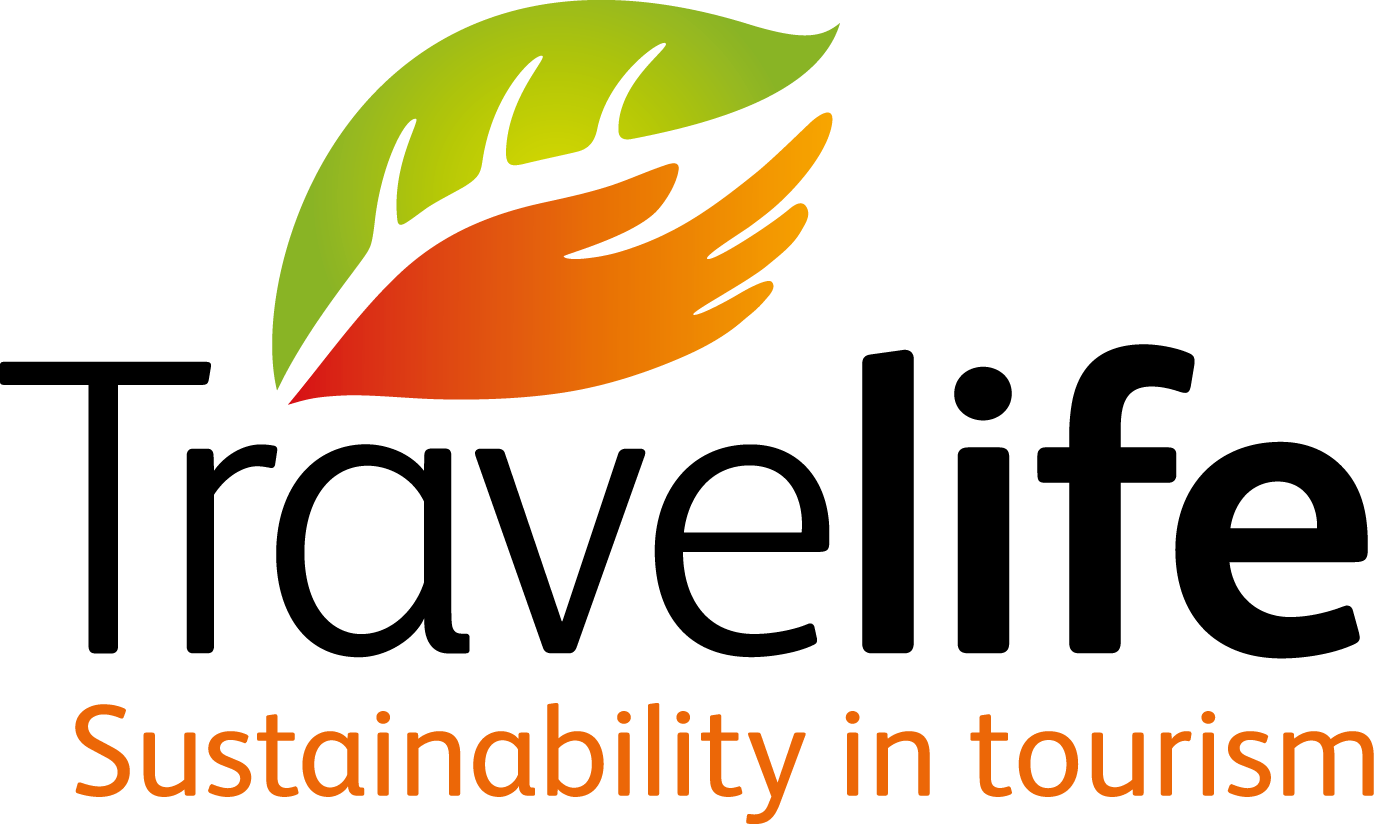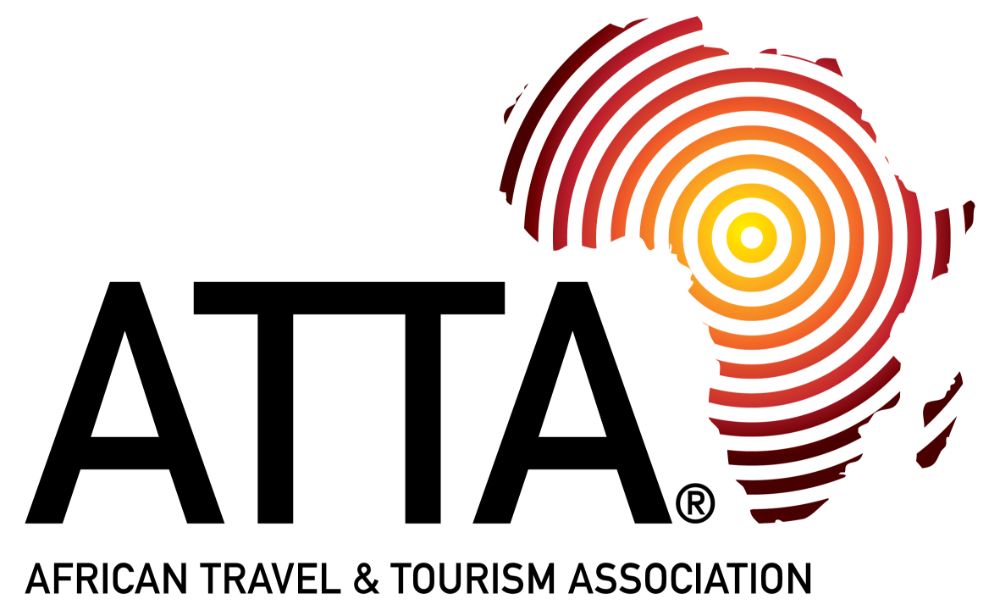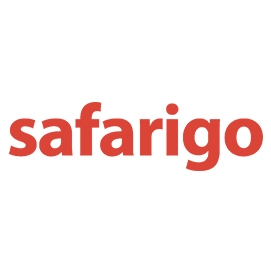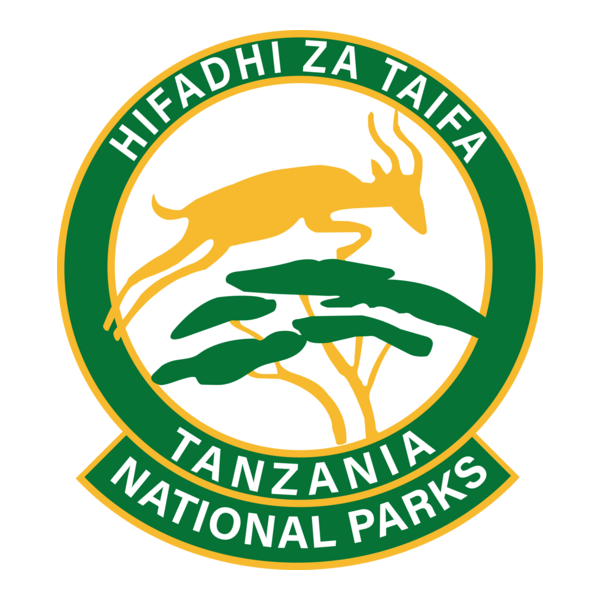6 Days Kilimanjaro Climb Rongai Route
From
$2,100
Tour Overview
To reach Mount Kilimanjaro from the northern side, near the Kenyan border, adventurers must embark on the Rongai route. At Njofu Expedition, we recommend this route for those looking to experience a unique and less crowded path to the summit. While Rongai is gaining popularity among climbers, it remains less crowded compared to other routes, making it an ideal choice for those seeking solitude, remote hiking experiences, or a rainy season ascent.
The Rongai route typically spans at least 6 days, though 7 days is recommended for optimal enjoyment. Despite offering less varied scenery than western routes, Rongai compensates by traversing genuine wilderness areas before intersecting with the Marangu route at Kibo camp for the descent. At Njofu Expedition, we ensure that every step of your journey is memorable and safe. Following the Marangu route downward, Rongai presents a moderately challenging trek, suitable even for hikers with limited backpacking experience.
Choosing the 6-day Kilimanjaro Rongai Route Climb with Njofu Expedition promises an unforgettable journey amidst Tanzania’s natural beauty. Experience the thrill of summiting Africa’s highest peak while savoring the tranquility of lesser-trodden paths. Join Njofu Expedition for an adventure of a lifetime!
Day by day
Day 1: Arrive in Tanzania
You’ll be greeted by our Njofu Expedition driver at Kilimanjaro International Airport (JRO), who will transfer you to your hotel in Moshi town. Upon arrival, you’ll meet your guide, who will brief you on the upcoming trek and check your gear to ensure you’re fully prepared for the mountain. If you’re missing anything, you can rent the gear on this day.
Enjoy a comfortable night at Lindrin Lodge or Park View Hotel, with breakfast, lunch, and dinner all included.
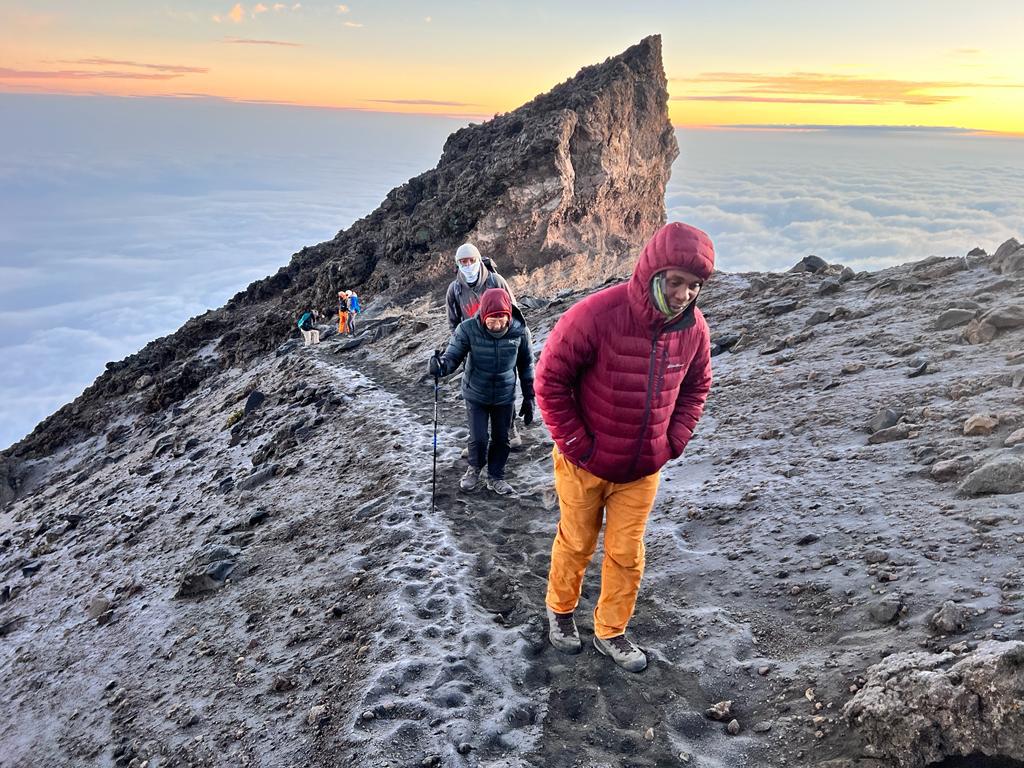
Day 2: Nalemoru Gate (1990m) to Simba Camp (2625m)
This morning, with Njofu Expedition, we’ll take a car to the village of Nale Moru, where the Rongai route begins. During the first leg of the hike, you’ll pass through farms and pine forests. Keep your eyes peeled for the beautiful Colobus monkeys, or if you’re lucky, you may even spot elephants or buffaloes along the way. Our first stop will be Simba Camp, located at an elevation of 2625m, on the edge of the moorland zone.
Distance covered: 5 miles (8 km)
Duration: Approximately 4 to 5 hours
Included: Breakfast, lunch, and dinner.
Day 3: Simba camp (2626m) – Kikelewa Camp (3679m)
At Njofu Expedition, we embark on a 5.8 km journey from Simba Camp, making our way up toward Kibo, reaching an altitude of 3482m, where we enjoy lunch at First Caves. Afterward, we continue our trek until we arrive at Kikelewa Camp, situated at 3679 meters. As the views improve, the sense of being on a majestic mountain grows stronger. Below the cave, you’ll find a clear stream, though you may need to walk downhill to discover a few pools. At Kikelewa Camp, we settle in for a delicious dinner and an overnight stay.
The trek typically takes around 6 to 7 hours and covers a distance of 11.8 km.
Breakfast, lunch, and dinner are included in the package.
Day 4: Kikelewa Cave (3679m) – Mawenzi Tarn camp (4303m)
At Njofu Expedition, this wilderness area offers breathtaking views after a short, steep climb up grassy slopes. The zone of plants ends just before reaching your next camp at Mawenzi Tarn, a stunning spot nestled beneath the towering spires of Mawenzi. Spend the afternoon acclimatizing to the area and learning more about this incredible environment.
You will cover a distance of 5 miles (8 km).
The trek takes about 4 to 5 hours.
Breakfast, lunch, and dinner are included in the price.
Day 5: Mawenzi Tarn camp (4303m) – Kibo hut (4730m)
After breakfast, we at Njofu Expedition head west, continuing our ascent on the east side of Kibo. We cross the saddle between Mawenzi and Kibo, which takes approximately 4 to 5 hours. The remainder of the day is spent resting to prepare for the final climb, which begins around midnight. We stay overnight at the Kibo hut.
Distance covered: 5 miles (8 km).
Duration: 5 to 6 hours, approximately.
Your package includes breakfast, lunch, and dinner.
Day 6 – Kibo hut (4730m) – Uhuru Peak (5895m) – Horombo hut (3705m)
With Njofu Expedition, you’ll rise around 23:20, enjoy some tea and biscuits, and then begin your trek into the night. The real challenge starts here. The initial section of the trail is rocky, leading to Hans Meyer Cave (5150m), a good spot for a short rest.
The path then zigzags upwards towards Gillman’s Point (5,681m), perched on the crater’s edge. This section is steep and filled with loose rocks, demanding significant physical and mental strength. It’s likely the toughest part of the journey, so move steadily and embrace the Kili shuffle. From Gillman’s Point, snow often covers the trail all the way to Uhuru Peak (5,895m), the highest point in Africa.
The moment you reach the summit is exhilarating, filled with pride and accomplishment.
Weather conditions permitting, you’ll have a brief time to capture photos before beginning the descent, a three-hour trek back to Kibo Hut. After a short break, you’ll retrieve your belongings and continue down to Horombo Hut for the night. This part of the journey takes about three hours, and compared to the climb, the descent to Horombo feels much quicker. Expect to walk for about 14 hours in total on this challenging day. In the evening, enjoy your final dinner on the mountain, and you can even buy soft drinks or beer at the camp office. You’ll rest well, reflecting on the memories of your incredible adventure.
The entire journey to Uhuru Peak takes 7-8 hours, and the descent to Horombo takes another 6-8 hours.
Distance: 12 to 15 hours.
Included: breakfast, lunch, and dinner.
Day 7: Horombo hut (3705m) – Marangu Gate (1860m)
After breakfast, with Njofu Expedition, you’ll continue your descent, passing the Mandara Hut as you make your way to the Marangu Gate, a journey that takes approximately 6 hours. We highly recommend that you wait to tip your porters until you and all your gear are safely at the gate.
At the Marangu Gate, you will log your name and details in a book. This is where climbers receive their certificates upon completing their trek. Climbers who reach Gillman’s Point (5685m) earn a green certificate, while those who make it to Uhuru Peak (5895m) receive a gold certificate.
Next, you’ll drive back to Moshi for a well-deserved hot shower, a hearty meal, a restful night in a comfortable bed, and to celebrate your achievement!
Walking time: 6 hours
Distance: 29 km between the two locations.
Spend the night at Lindrin Lodge or Park View Hotel. Breakfast, lunch, and dinner are included.
Day 8: Depart Tanzania
After your Kilimanjaro trek, you’ll have the rest of the day to unwind before your flight home. Depending on your flight schedule, you may have time to visit Moshi town for some souvenir shopping before heading to the airport. If you’re eager to continue your Tanzanian adventure, consider adding a safari, Zanzibar trip, or other exciting experiences.
Breakfast is included.
This text uses ‘Njofu Expedition’ in the context of the user’s brand preference. Let me know if you’d like any further changes!
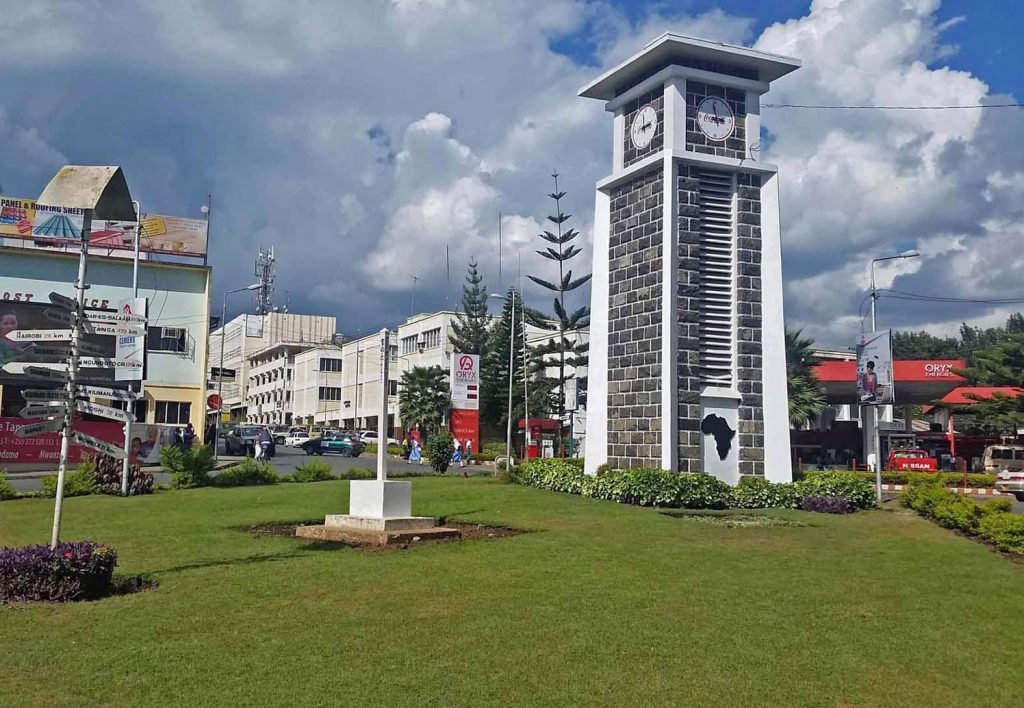
Book Now
Tour Inclusions & Exclusions
Inclusions
- Rental vehicle.
- Park fees(For non-residents).
- All activities(Unless labeled as optional).
- All accommodation(Unless listed as upgrade).
- All transportation(Unless labeled as optional).
- All Taxes/VAT
- Roundtrip airport transfer.
- Meals(As specified in the day-by-day section).
Exclusions
- International flights(From/to home).
- Additional accommodation before and at the end of the tour.
- Tips(Tipping guideline US$10.00 pp per day).
- Personal items(Souvenirs, travel insurance, visa fees, etc.).
- Government imposed increase of taxes and/or park fees.
- Some meals(As specified in the day-by-day section).
- Drinks


